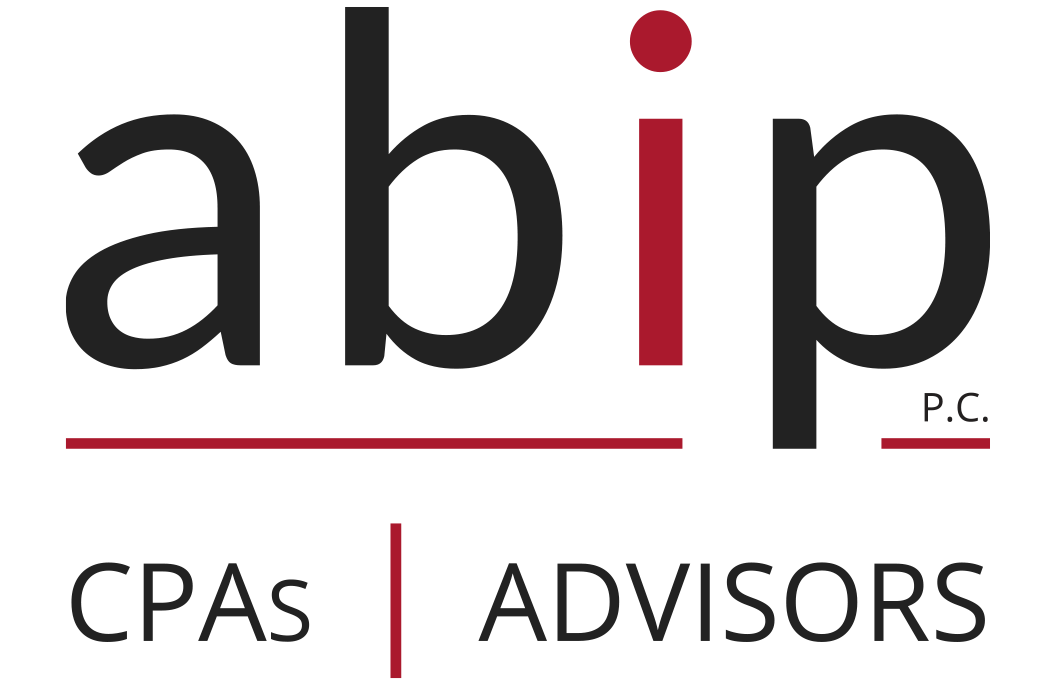Year-end tax planning is especially important this year because of the many changes in the tax law and the tax breaks that will not be around next year unless Congress acts to extend them, which, at the present time, looks doubtful.
Some of the tax breaks that may not be available after 2013 include, for individuals:
- the option to deduct state and local sales and use taxes instead of state and local income taxes;
- the above-the-line deduction for qualified higher education expenses; and
- tax-free distributions by those age 70-1/2 or older from IRAs for charitable purposes.
For businesses, some of the tax benefits that may not be available beyond 2013 are as follows:
- 50% bonus first year depreciation for most new machinery, equipment and software;
- an extraordinarily high $500,000 expensing limitation for the purchase of new or used qualifying property;
- the research tax credit; and
- the 15-year write off for qualified leasehold improvements, qualified restaurant buildings and improvements and qualified retail improvements.
High-income-earners have other factors to keep in mind when mapping out year-end plans. For the first time, they will have to take into account the 3.8% tax surtax on unearned income and the additional 0.9% Medicare (hospital insurance, or HI) tax that applies to individuals receiving wages in excess of $200,000 ($250,000 for married couples filing jointly and $125,000 for married couples filing separately).
- The surtax is 3.8% of the lesser of: (1) net investment income (NII), or (2) the excess of modified adjusted gross income (MAGI) over an un-indexed threshold amount ($250,000 for joint filers or surviving spouses, $125,000 for a married individual filing a separate return, and $200,000 in any other case). As year-end nears, a taxpayer’s approach to minimizing or eliminating the 3.8% surtax will depend on the estimated MAGI and net investment income (NII) for the year. Some taxpayers should consider ways to minimize (e.g., through deferral) additional NII for the balance of the year, others should try to reduce MAGI, other than unearned income, and others will need to consider ways to minimize both NII and other types of MAGI.
- The additional Medicare tax may require year-end actions. Employers must withhold the additional Medicare tax from wages in excess of $200,000 regardless of filing status or other income. Self-employed persons must take it into account in figuring estimated tax payments. There could be situations where an employee may need to have more withheld toward year end to cover the tax. For example, an individual earns $200,000 from one employer during the first half of the year and a like amount from another employer during the balance of the year. He would owe the additional Medicare tax, but there would be no withholding by either employer for the additional Medicare tax since wages from each employer do not exceed $200,000. Also, in determining whether they may need to make adjustments to avoid a penalty for underpayment of estimated tax, individuals also should be mindful that the additional Medicare tax may be over withheld. This could occur, for example, where only one of two married spouses works and reaches the threshold for the employer to withhold, but the couple’s income won’t be high enough to actually cause the tax to be owed
We have compiled a two checklist of tax planning tips based on current tax law that may help you save tax dollars if you act before year-end. Not all actions will apply in your particular situation, but you will likely benefit from many of them. We can narrow down the specific actions that you can take once we meet with you to tailor a particular plan to your particular situation. In the meantime, please review the following list and contact us at your earliest convenience so that we can advise you on which tax-saving moves to make.
Click the links below to download the checklists:





